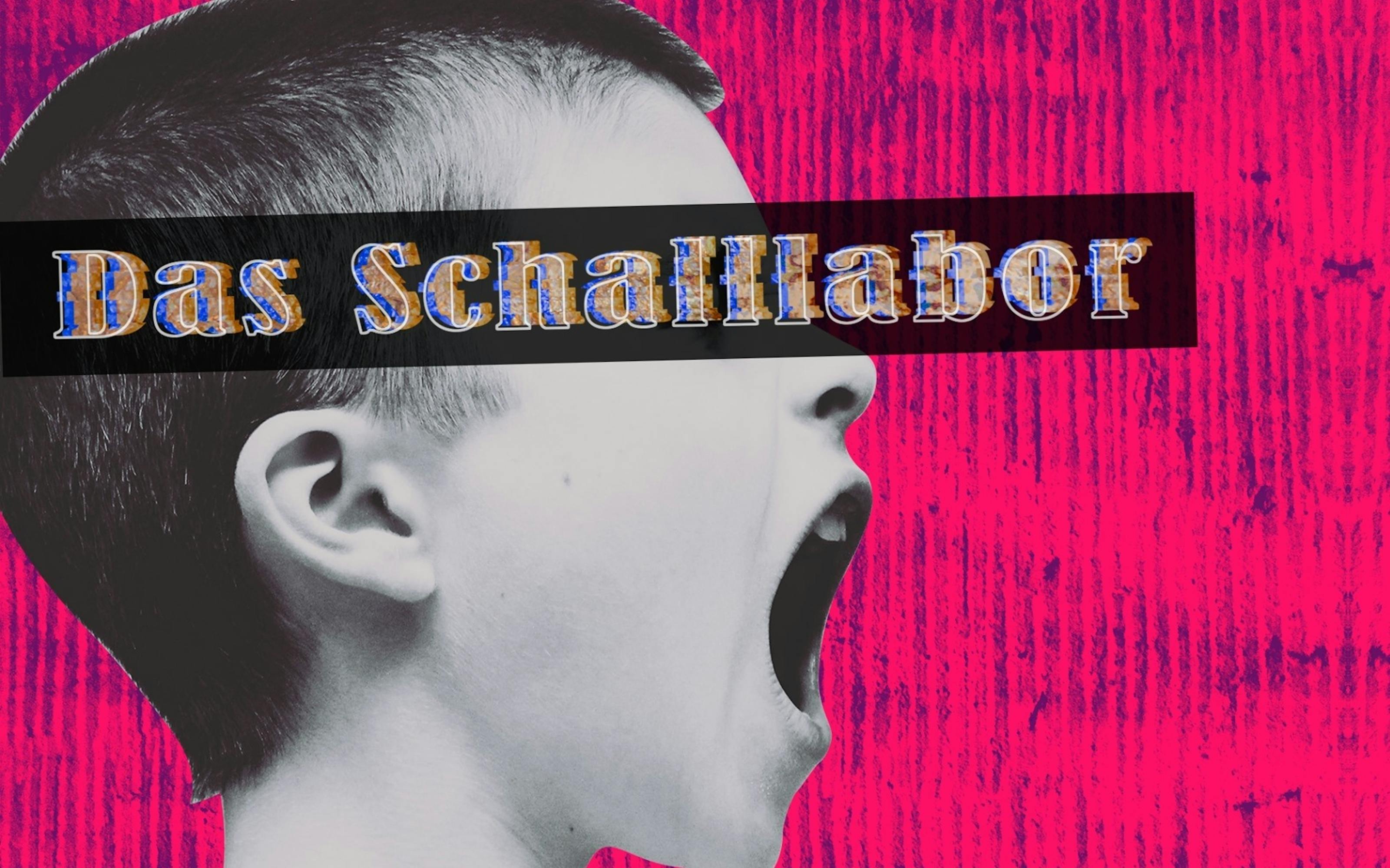
Music Student Henri Falk on the Evolution of Performance Initiative Das Schalllabor
Posted on 2020-06-24T22:00:00+0000 in Student work
From performance workshop to live stream: Learn how a group of unstoppable Electronic Music Production & Performance students rose above the challenges of Corona to create a series of unique sound laboratories.
Experiment, fail, learn, repeat, succeed. Every artist needs a laboratory. And for our international community of musicians, filmmakers, visual effects artists and actors, that testing ground can be found at Catalyst. Instead of white coats, we wear our passions on our sleeves. Instead of Bunsen burners, we fuel our ideas with insatiable curiosity. Collaboration is our test tube, through which we constantly generate chemical reactions of creativity.
Das Schalllabor is one such sandbox. Translating from German to “sound laboratory,” it’s an inspiring initiative founded last year by a group of Electronic Music Production & Performance students – including Henri Falk, Sidhartta Talukdar and Hannah Fisher.
“The idea was to create a forum for students interested in experimental electronic music and sound art,” Henri tells us. “The initial plan was to make bi-weekly or monthly events at the Funkhaus, where students could come together to perform, connect, get inspired and learn from each other. We wanted to create a relaxed environment where people would feel comfortable to experiment.”
Little did they know that, following the Coronavirus outbreak, music wouldn’t be the only variable in the experiment.
First Event
The Premiere

“We were really pleased with how the event turned out. There were seven nice performances and good vibes all round”
The Das Schalllabor collective managed to host one physical event in the Catalyst KITCHN before our facilities had to close due to lockdown restrictions. The Premiere invited all music students interested in sound art, noise, ambient, drone, electroacoustics and sound installations to practice together, receive feedback, get inspired and find collaborators.
“We were really pleased with how the event turned out,” says Henri. “There were seven nice performances and good vibes all round. We had some snacks and drinks for sale and the people who were there seemed to enjoy it. We also had some brief talks after each performance where I asked the artist a couple of questions.”
Second Event
In the Ether
“It was a good learning opportunity for us to get familiar with streaming”
Back to that aforementioned extra variable: a global pandemic. When Coronavirus hit, the Das Schalllabor crew knew they had to employ the skills they’d learnt dealing with creative limitations in the classroom and – as our Film Production programme lead eloquently put it – “guide their craft around the rocks to reach the destination.”
“We decided to make our first streamed event,” Henri continues. “It was a good learning opportunity for us to get familiar with streaming. We invited Catalyst students as well as non-Catalyst artists to apply with either a video piece or a live streamed performance. Making the event was a bit stressful as it was our first time streaming, but it went well in the end.”
Third Event
Spatial Sound for Headphones
“We were listening to each other’s pieces for the first time, together with the audience, which I think was a good move”
For their end-of-semester assignment, Henri, Sidhartta, Stanislas, Mizuki Ishikawa and Wei Beh had initially planned to present pieces for an octophonic sound system at Geoff Stern Art Space – where some of them work. However, due to the circumstances, they decided to do a streamed Das Schalllabor event for their assignment instead.
“We wanted to keep the concept of spatial audio and decided to do something with spatial binaural audio,” Henri tells us. “The spatial effect only works when listening with headphones, so we felt this concept was well suited to a streamed event when people are listening from home. Each of us made a roughly 20-minute-long piece for this event, which we streamed from Geoff Stern Art Space. We set up a camera and chairs and discussed the pieces in between.”
Sidhartta’s piece examined the border between natural and artificial sound, through the manipulation of field recordings and prepared piano. Mizuki was inspired by the 1989 Japanese cyberpunk horror film Tetsuo, fusing sonic interpretations of rusty metal and flesh. Wei explored the possibilities of alternation in spacetime and the sense of uncertainty in binaural beats, in order to induce a stream of consciousness. Stanislas’ piece asked whether we can reproduce emotions through sound, as a printer reproduces images. Finally, Henri brought the sonic landscape of our environment into the digital domain, in order to discover a hidden micro universe of sounds.
“We were listening to each other’s pieces for the first time, together with the audience, which I think was a good move,” Henri continues. “We had also invited the audience to write any questions they might want to ask the artists in the Twitch chat. This worked really well. We found the audience engaged, writing many questions, and it made us feel very connected with them. We felt this was a strong event and we intend to do something similar again.”